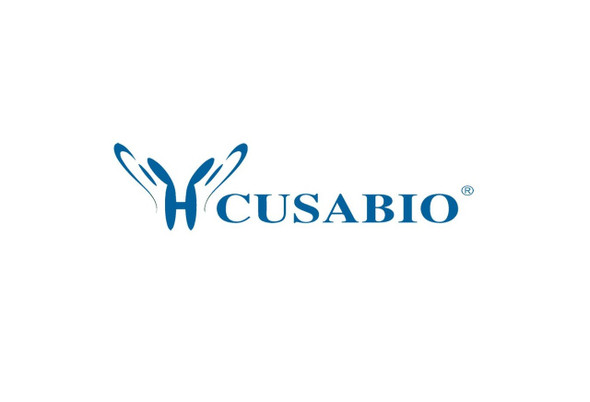Cusabio Human Recombinants
Recombinant Human Cyclin-dependent kinase inhibitor 3 (CDKN3) | CSB-YP005096HU
- SKU:
- CSB-YP005096HU
- Availability:
- 25 - 35 Working Days
Description
Recombinant Human Cyclin-dependent kinase inhibitor 3 (CDKN3) | CSB-YP005096HU | Cusabio
Alternative Name(s): CDK2-associated dual-specificity phosphatase Cyclin-dependent kinase interactor 1 Cyclin-dependent kinase-interacting protein 2 Kinase-associated phosphatase
Gene Names: CDKN3
Research Areas: Cell Biology
Organism: Homo sapiens (Human)
AA Sequence: MKPPSSIQTSEFDSSDEEPIEDEQTPIHISWLSLSRVNCSQFLGLCALPGCKFKDVRRNVQKDTEELKSCGIQDIFVFCTRGELSKYRVPNLLDLYQQCGIITHHHPIADGGTPDIASCCEIMEELTTCLKNYRKTLIHCYGGLGRSCLVAACLLLYLSDTISPEQAIDSLRDLRGSGAIQTIKQYNYLHEFRDKLAAHLSSRDSQSRSVSR
Source: Yeast
Tag Info: N-terminal 6xHis-tagged
Expression Region: 1-212aa
Sequence Info: Full Length
MW: 25.8 kDa
Purity: Greater than 85% as determined by SDS-PAGE.
Relevance: May play a role in cell cycle regulation. Dual specificity phosphatase active toward substrates containing either phosphotyrosine or phosphoserine residues. Dephosphorylates CDK2 at 'Thr-160' in a cyclin-dependent manner.
Reference: "Abolishment of the interaction between cyclin-dependent kinase 2 and Cdk-associated protein phosphatase by a truncated KAP mutant." Yeh C.-T., Lu S.-C., Chao C.-H., Chao M.-L. Biochem. Biophys. Res. Commun. 305:311-314(2003)
Storage: The shelf life is related to many factors, storage state, buffer ingredients, storage temperature and the stability of the protein itself. Generally, the shelf life of liquid form is 6 months at -20?/-80?. The shelf life of lyophilized form is 12 months at -20?/-80?.
Notes: Repeated freezing and thawing is not recommended. Store working aliquots at 4? for up to one week.
Function: May play a role in cell cycle regulation. Dual specificity phosphatase active toward substrates containing either phosphotyrosine or phosphoserine residues. Dephosphorylates CDK2 at 'Thr-160' in a cyclin-dependent manner.
Involvement in disease: Hepatocellular carcinoma (HCC)
Subcellular Location: Cytoplasm, perinuclear region
Protein Families: Protein-tyrosine phosphatase family
Tissue Specificity:
Paythway:
Form: Liquid or Lyophilized powder
Buffer: If the delivery form is liquid, the default storage buffer is Tris/PBS-based buffer, 5%-50% glycerol. If the delivery form is lyophilized powder, the buffer before lyophilization is Tris/PBS-based buffer, 6% Trehalose, pH 8.0.
Reconstitution: We recommend that this vial be briefly centrifuged prior to opening to bring the contents to the bottom. Please reconstitute protein in deionized sterile water to a concentration of 0.1-1.0 mg/mL.We recommend to add 5-50% of glycerol (final concentration) and aliquot for long-term storage at -20?/-80?. Our default final concentration of glycerol is 50%. Customers could use it as reference.
Uniprot ID: Q16667
HGNC Database Link: HGNC
UniGene Database Link: UniGene
KEGG Database Link: KEGG
STRING Database Link: STRING
OMIM Database Link: OMIM









